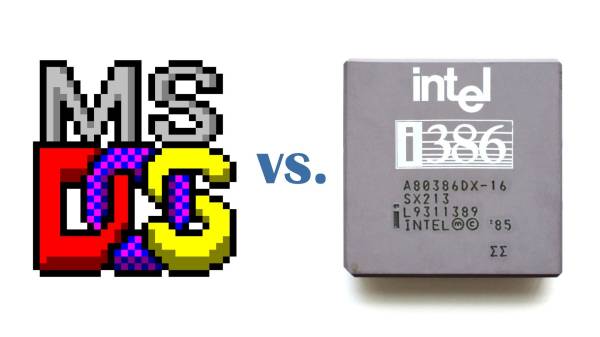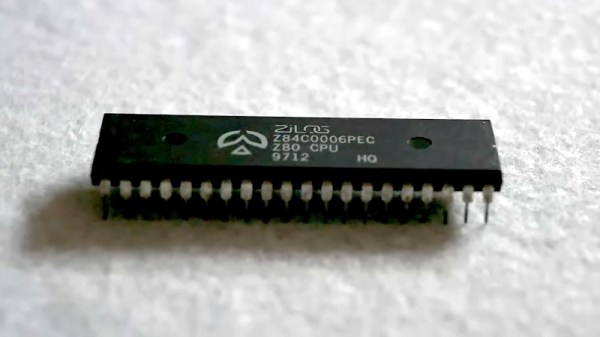Last time we talked about how the original PC has a limit of 640 kB for your programs and 1 MB in total. But of course those restrictions chafed. People demanded more memory, and there were workarounds to provide it.
However, the workarounds were made to primarily work with the old 8088 CPU. Expanded memory (EMS) swapped pages of memory into page frames that lived above the 640 kB line (but below 1 MB). The system would work with newer CPUs, but those newer CPUs could already address more memory. That led to new standards, workarounds, and even a classic hack.
XMS
If you had an 80286 or above, you might be better off using extended memory (XMS). This took advantage of the fact that the CPU could address more memory. You didn’t need a special board to load 4MB of RAM into an 80286-based PC. You just couldn’t get to with MSDOS. In particular, the memory above 1 MB was — in theory — inaccessible to real-mode programs like MSDOS.
Well, that’s not strictly true in two cases. One, you’ll see in a minute. The other case is because of the overlapping memory segments on an 8088, or in real mode on later processors. Address FFFF:000F was the top of the 1 MB range.
PCs with more than 20 bits of address space ran into problems since some programs “knew” that memory access above that would wrap around. That is FFFF:0010, on an 8088, is the same as 0000:0000. They would block A20, the 21st address bit, by default. However, you could turn that block off in software, although exactly how that worked varied by the type of motherboard — yet another complication.
XMS allowed MSDOS programs to allocate and free blocks of memory that were above the 1 MB line and map them into that special area above FFFF:0010, the so-called high memory area (HMA). Continue reading “Remembering More Memory: XMS And A Real Hack”













